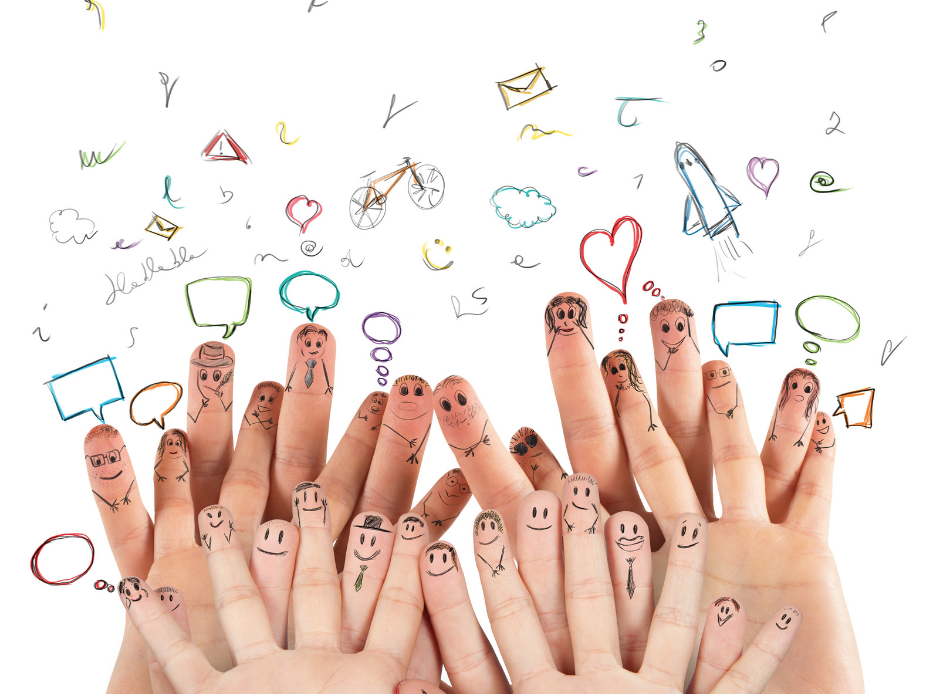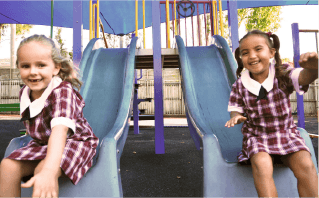
SEL stands for Social and Emotional Learning, but I’m sure that is not the answer you are looking for. So, what is SEL, and how can we practice at home?
SEL is the process through which all people, young and adults, acquire and apply the knowledge, skills, and attitudes to develop healthy identities, manage emotions and achieve personal and collective goals, feel and show empathy for others, establish and maintain supportive relationships, and make responsible and caring decisions.
How can SEL help my child?
SEL helps your child build Self-Awareness, Self-Management, Social Awareness, Relationship Skills and Responsible Decision-Making.
Developing these skills is critical to the success of any child or adult. SEL covers the basic emotional needs of an individual. For example, just like humans need food, water and shelter to survive, we can’t expect our children to thrive if they don’t have self-awareness and the skills to manage their emotions.
When we practice and build our self-awareness, self-management, social awareness, relationship building, and decision-making skills, we are better equipped to navigate stressors, anxieties, and challenges. As a result, we can solve problems and work together to function at a higher level.
Practicing SEL at home is vital, just as it is for any other skill like reading, math or kicking a ball at goal. In the same ways we exercise our bodies, we have to practice identifying, expressing and managing our emotions. By consistently doing so, when we encounter challenging situations, we have a toolkit we can readily draw upon to help us navigate the stressor or de-escalate the conflict.
So, how can we practice SEL at home?
Here are ten tips you use to get the whole family Socially and Emotionally smarter.
1. Take care of yourself
To cultivate the social and emotional skills of young people, you must take care of your own mental, social and emotional wellness. Young children are sensitive to the stress of their caretakers.
We must stay calm and realistic. They sense when we are worried and anxious, and our emotions directly affect our children’s emotions. We must build in time, even if only 10 minutes a day, for our own wellness practices—journaling, going for a walk, meditating, exercising, for example.
2. Establish routines
Routines ground us and provide a sense of safety and security. They are essential for young children and children who have experienced trauma. Right now, amid the uncertainty of COVID-19, all of us are experiencing stress. Lockdowns and other situations associated with the virus disrupt our usual routines.
Craft a daily routine for you and your children to. Create intentional time and structure for SEL. Ideally, 5 to 10 minutes of dedicated practice every day. Use an evidence-based curriculum that provides a thoughtful scope and sequence, allowing your child to build upon skills over time. You can use the Superpower Kids Guides to guide you and your child on your SEL journey.
3. Be present
Due to COVID, you may be more physically present than usual, but that does not mean you are emotionally present, due to your own stress and competing demands.
It is important to dedicate structured time to connect and not assume that it will happen organically because we are more “present” than ever before. Be intentional about when you’re connecting emotionally with children and when you are working, for instance. Set daily times for playing together, reading books or other fun, engaging activities.
4. Commit acts of service or kindness for others
For example: practising kindness for others helps us build an appreciation for our own lives and situations, in addition, to improving our physical and mental health. Phone or write to people you know who live alone or are on the frontlines to help them feel less isolated. Write a letter outlining the highlights of your day, or draw a picture of a joyful moment you’ve experienced or something you wish for someone else. Demonstrating kindness gives a more powerful message than just talking about it and helps build gratitude during difficult times.
Our Gratitude Journal can get you started.
5. Create together
By flexing our creative muscles, we can crack open pieces of ourselves that may otherwise be closed off, find opportunities to learn new things about ourselves and others or learn new modalities to communicate.
Creativity in action includes cooking or baking together, doing puzzles, colouring or art projects, playing board games, or writing a poem or a song together.
6. Celebrate small wins
Try to find something small (or two or three things if you can!) to celebrate each day. Celebrate health, a new day, the sun shining. Journal three daily highlights or share them. Research indicates that when we stop to “savour the good stuff,” we develop resilience to the negative events that may be happening in our lives.
7. Practice active listening
Do not assume that you know what your child is feeling. Ask questions, listen actively, model eye contact, and explain what you can in response to their questions. Validate that you see and acknowledge their feelings, fears and concerns.
Research tells us to be careful in how we respond to fear and to be mindful not to redirect or diminish the feeling. For instance, saying things like, “there’s nothing to be afraid of” can make your child feel like their feelings are inappropriate. Instead, by validating our child’s emotions, we help them better accept and understand their feelings, develop self-compassion, and empathise with others.
8. Help your child express and name emotions
This helps young people understand what it is that they’re feeling. If children are struggling to identify their feelings, ask them to express it through drawing, a facial expression, or through a movement in their body. Our Self-control Guide is a good way to start.
9. Practice social-emotional learning daily
Building important habits takes practice. Just as you brush your teeth every day, children and adults need daily opportunities to identify, express and manage their emotions. We must check in with ourselves and those around us to understand that we all need to work through those feelings together.
10. Use mindfulness
It’s easy to get pulled in various directions by negative thoughts and emotions. Remain in the present moment can become difficult. We constantly worry about the future and forget that the only thing we can control is the now.
Use mindfulness practice every time you can. This could mean breathing in for a count of 4 and exhaling for a count of 4.
By opening a dialogue about our emotions and incorporating SEL into our days, we are helping our children now and for the future.
You can use the Superpower Kids Mindful Breath printable to bring your mind to the present moment with your family.




